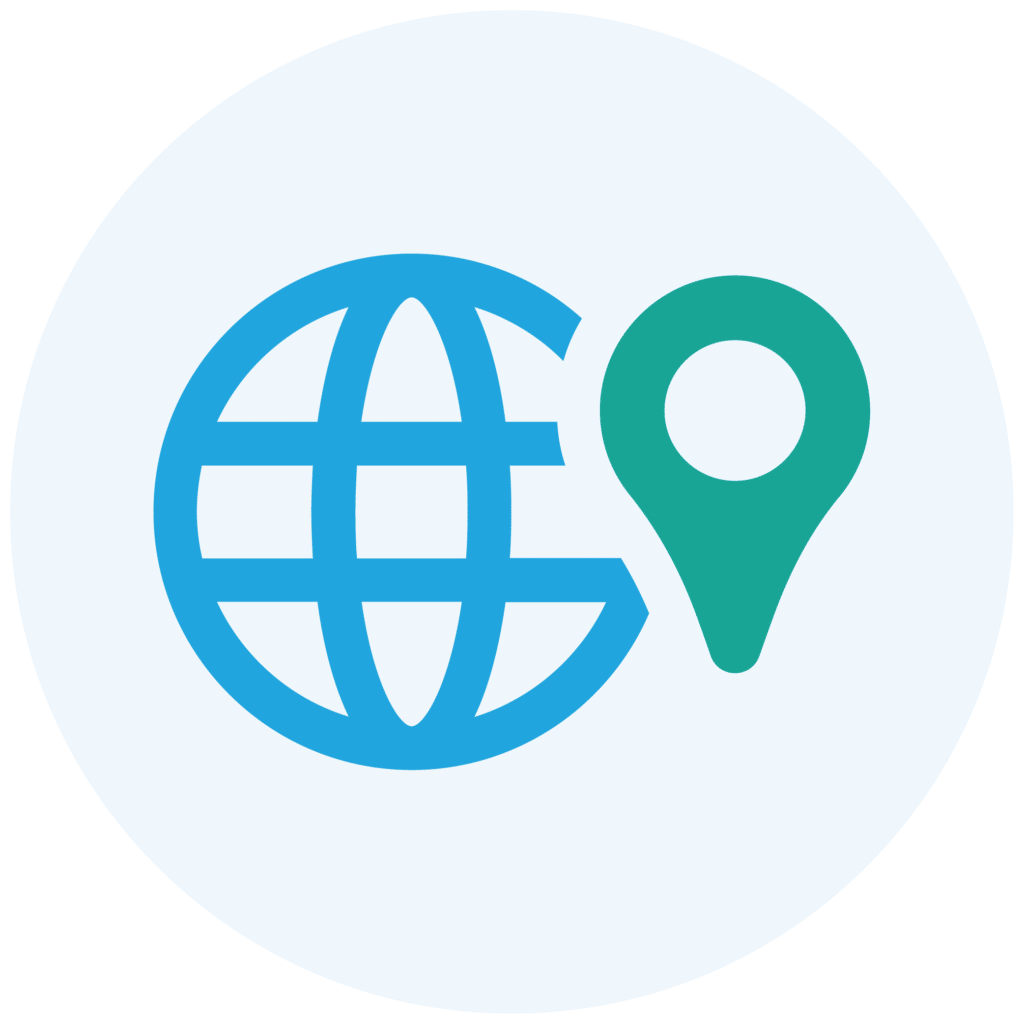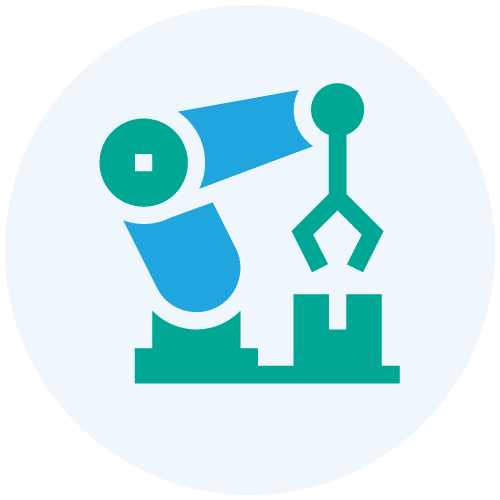Entity Resolution Software
Match, merge and deduplicate data from disparate data sources to clean data, uncover hidden relationships and build panoramic views of your customers, products and locations.






Make Hidden Connections, Maximize Revenue
With master data management for entity resolution, you can integrate data from different sources to:
Form New Connections Profisee’s configurable matching rules let you supplement your contextual knowledge about important real-world entities by discovering related records that wouldn’t otherwise be obvious.
Deduplicate Data Data deduplication helps you match and merge similar data that can be easily overlooked due to variations in spelling, abbreviations, naming conventions, formatting choices and more.
Get Ready for AI Entity resolution is a core capability for creating data that’s ready for consumption by downstream systems and generative AI use cases.
Use Cases for Entity Resolution Tools
Entity resolution software is used across a variety of industries and business units for a number of different use cases. Some common use cases include:
Detect fraud by creating golden records, helping you identify anomalous behavior with more data points
Harness the Power of Fuzzy Matching
Profisee features fuzzy matching technology to make matching records fast and easy. Instead of having to manually query thousands of different records to find potential matches, Profisee uses probabilistic matching to match data in a fraction of the time and automatically flags records that need a manual review.
The Impact Our Customers Are Making
hours saved correcting data
Real Success from Real Customers


Enriching Customer Relationships
Learn how Mass General Brigham uses Profisee MDM to help patients find providers at multiple locations through a provider lookup system.


Operationalizing Reference Data for Revenue Growth
See how Domino’s used Profisee MDM to manage reference data across 17,000+ store locations to drive a personalized customer experience.


GAP
Using Profisee’s match, merge and survivorship features, GAP achieved a 50% reduction in manual effort to update financial reports and removed unclean and inconsistent data from legacy applications.
Take Your Data Initiatives to New Heights
Discover how Profisee’s entity resolution capabilities can transform the way your business manages data. Request a demo today to learn more about how the Profisee adaptive MDM platform can help you soar.



Entity Resolution Software FAQs
What is Entity Resolution Software?
Entity resolution (ER) software is a type of data management software that helps data professionals identify records that point to the same real-world object, or entity. It is usually sold as a standalone software application or as a feature within a larger data platform like a master data management (MDM) or unified data management solution.
The Importance of Entity Resolution Software
Data professionals use ER to clean data through a process of matching, merging and deduplicating (removing duplicate data entries) to create a unified view of entities like customers, products and locations. Because many downstream systems like customer CRM and business intelligence (BI) need accurate, clean and unique data to produce the best results, entity resolution is an important part of an organization’s data management strategy.
How Entity Resolution Software Works
Entity resolution software works by:
- Integrating data from a number of different sources
- Identifying potentially matching records among those datasets
- Merging records that match
- Removing, or deduplicating, duplicate records
From there, the cleaned and deduplicated data is usually loaded into a data warehouse or data lake, where it can then be used by other business systems like CRM, BI and analytics or ERP. This data is usually referred to as “consumable” or “business-ready” data.
How Entity Resolution Software Helps Businesses
Large organizations that work with vast quantities of data use ER tools to create a more comprehensive picture of the things they care about the most. This lets businesses better target their customers through advertising and product recommendations, operate more efficiently, reduce unnecessary spending and lower the risk of fraud, among other benefits.
How Entity Resolution Software Works With Data
Modern organizations generate data from an ever-growing number of sources, including:
- CRM systems that capture data like customer name, email address, shipping and billing addresses, payment information, products viewed and purchase history
- Product information management (PIM) systems that store product-related data like SKU numbers, product images, size and weight measurements, availability regions, price and inventory counts
- Internet of things (IoT) devices that track everything from personal health information like blood pressure, heart rate, step counts and blood oxygen levels to information about machinery on a factory floor like machine temperature, supply levels, vibration readings, humidity and more
Taken alone, each of these systems produce a lot of data, but when you consider that enterprise-sized organizations rarely only use one CRM or ERP system — not to mention any number of other data-producing systems — it’s easy to see how difficult it is to maintain data quality at scale.
Entity resolution software works with this data by integrating it from, say, all of an organization’s CRM systems. It then uses technology like fuzzy matching to spot records that look similar and appear to refer to the same entity. For example, one CRM might record a customer’s ZIP code as “30022” while another records it as “30022-8464,” or one system might format a customer’s name like “last name, first name,” while another does “first initial, last name.”
From there, the ER tool usually works with a data governance platform to standardize the data according to the organization’s data governance policies. Matching records are merged, eliminating duplicate records and preparing the data for loading into a target system, like a data warehouse or data lake.
What is an Example of Entity Resolution?
Entity resolution is sometimes best understood by way of an example. Suppose you work for a large healthcare organization that wants to get a more holistic view of its patients. Among the several different hospitals and multiple clinics your organization operates, patient information is scattered across various systems like electronic health records (EHR), lab results, scheduling and billing systems.
Using a master data management solution, you conduct entity resolution to consolidate the data from every disconnected source and store it in one central location for patient data. The MDM system ensures that all records pertaining to a single patient are matched and merged, providing healthcare professionals with a comprehensive view of the patient’s medical history.
Now, instead of having to track down different types of data on one patient from several different sources, healthcare providers can access this single source of truth and see a patient’s full health history at once. This not only improves patient care but also streamlines operations by reducing redundancies and errors.
Why Does Entity Resolution Matter?
Entity resolution matters because it helps organizations reduce redundancies and streamline operations. In short, it makes them more efficient.
Before entity resolution, it might not be uncommon for a manufacturing company to accidentally order the same replacement part for a factory machine multiple times because it didn’t realize the part was already in stock at one factory location. In the same way, a physician might accidentally bill a patient twice because the system they use for revenue cycle management is different from the one they use to manage electronic health records.
What are the Benefits of Entity Resolution?
There are multiple benefits of entity resolution:
- Businesses can market their products and services to customers more effectively
- Eliminating redundant processes lowers costs and helps businesses be more nimble
- Customers enjoy a more seamless shopping experience and get better recommendations for products they might need or enjoy
- Healthcare providers can provide better, more holistic treatment to their patients
- Retailers can reduce the number of reshipments due to address errors and reduce customer service interactions
There are many other examples you can find across different organizations and industries, but these are some general benefits of using entity resolution.









